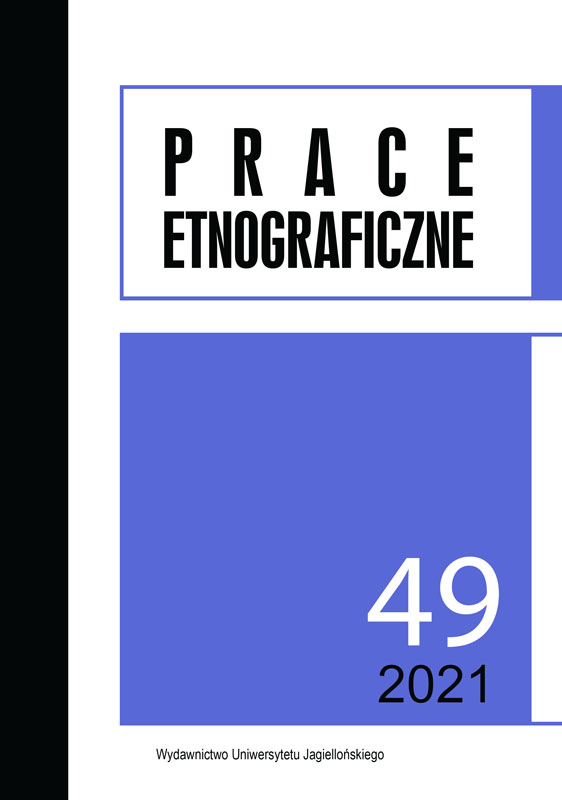The Steppe that Ceases to Be Itself: Migration and Attachment to Homeland Among the Nogais in Dagestan, North Caucasus
The Steppe that Ceases to Be Itself: Migration and Attachment to Homeland Among the Nogais in Dagestan, North Caucasus
Author(s): Kamil Maria WieleckiSubject(s): Cultural Anthropology / Ethnology
Published by: Wydawnictwo Uniwersytetu Jagiellońskiego
Keywords: Nogais; Nogai Steppe; Dagestan; land; transhumance; desertification; migration; urbanization
Summary/Abstract: In Dagestan, the Nogais – descendants of the famous Golden Horde – live mostly in the Nogai District, as well is in neighboring territories that administratively belong to Chechnya and Stavropol Krai; taken together, these territories form one geographical entity, known as the Nogai Steppe. A paradoxical situation is that despite heavy migration pressure and the fact that much of the labor force from the District works – either temporarily or permanently – in other Russian regions, the District capital – Terekli-Mekteb – is rapidly expanding. One of the reasons for this is that migrants build houses “for the future” – not to live in them now but with a view to inhabiting them once they come back after retiring. In this paper, based on ethnographic fieldwork research, I analyze how the Nogais – be it dwellers of the Nogai Steppe or economic migrants – maintain attachment to what they call “the land of the ancestors”. I argue that different forms of this attachment constitute a way of social mobilization in unfavorable political and economic conditions. Thus, they are intended to strengthen the position of the Nogais in the Nogai Steppe, in other words – to preserve its Nogainess.
Journal: Prace Etnograficzne
- Issue Year: 49/2021
- Issue No: 1-2
- Page Range: 21-36
- Page Count: 16
- Language: English

